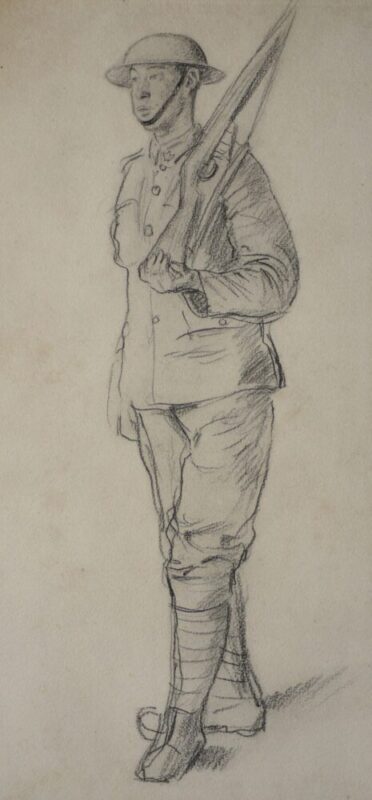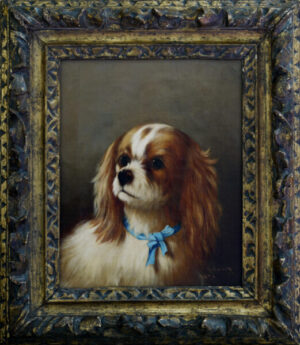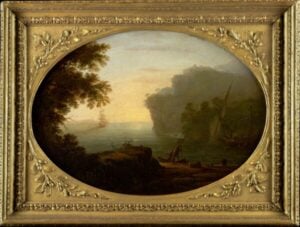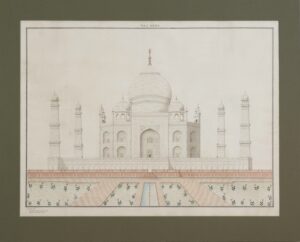John, Augustus Edwin (1878-1961)
Augustus John was born in Tenby in 1878. He studied at the Slade School in London (1894-99) with his sister Gwen John. After injuring his head after diving into the sea while on holiday his personality changed. He grew a beard, dressed as a Bohemian and drank heavily. His painting became more adventurous and his friend, Wyndham Lewis remarked that John had become a "great man of action into whose hands the fairies had placed a paintbrush instead of a sword".
Considered to be the most talented artist of his generation, in 1898 John won the Slade Prize with Moses and the Brazen Serpent. He developed a nomadic lifestyle and for a while he lived in a caravan and camped with gypsies. Later he moved in with Henry Lamb and Dorelia McNeill at Alderney Manor near Poole. McNeill, who eventually became John's wife, featured in many of his paintings. On the outbreak of the First World War in 1914, John was the best-known artist in Britain. His friendship with Lord Beaverbrook enabled him to obtain a commission in the Canadian Army and was given permission to paint what he liked on the Western Front. He was also allowed to keep his facial hair and therefore became the only officer in the Allied forces, except for King George V, to have a beard. After two months in France he was sent home in disgrace after taking part in a brawl. Lord Beaverbrook, whose intervention saved John from a court-martial, sent him back to France but is only known to have completed one painting, Fraternity. John also attended the Versailles Peace Conference in 1919 where he painted the portraits of several delegates. However, the commissioned group portrait of the main figures at the conference was never finished.
By the 1920s John was Britain's leading portrait painter. Those who sat for him included Thomas Hardy, George Bernard Shaw and T.E. Lawrence. However, one critic has claimed that "the painterly brilliance of his early work degenerated into flashiness and bombast, and the second half of his long career added little to his achievement." In later life, John wrote two volumes of autobiography, Chiaroscuro (1952) and Finishing Touches (1964). Augustus John died in 1961.



